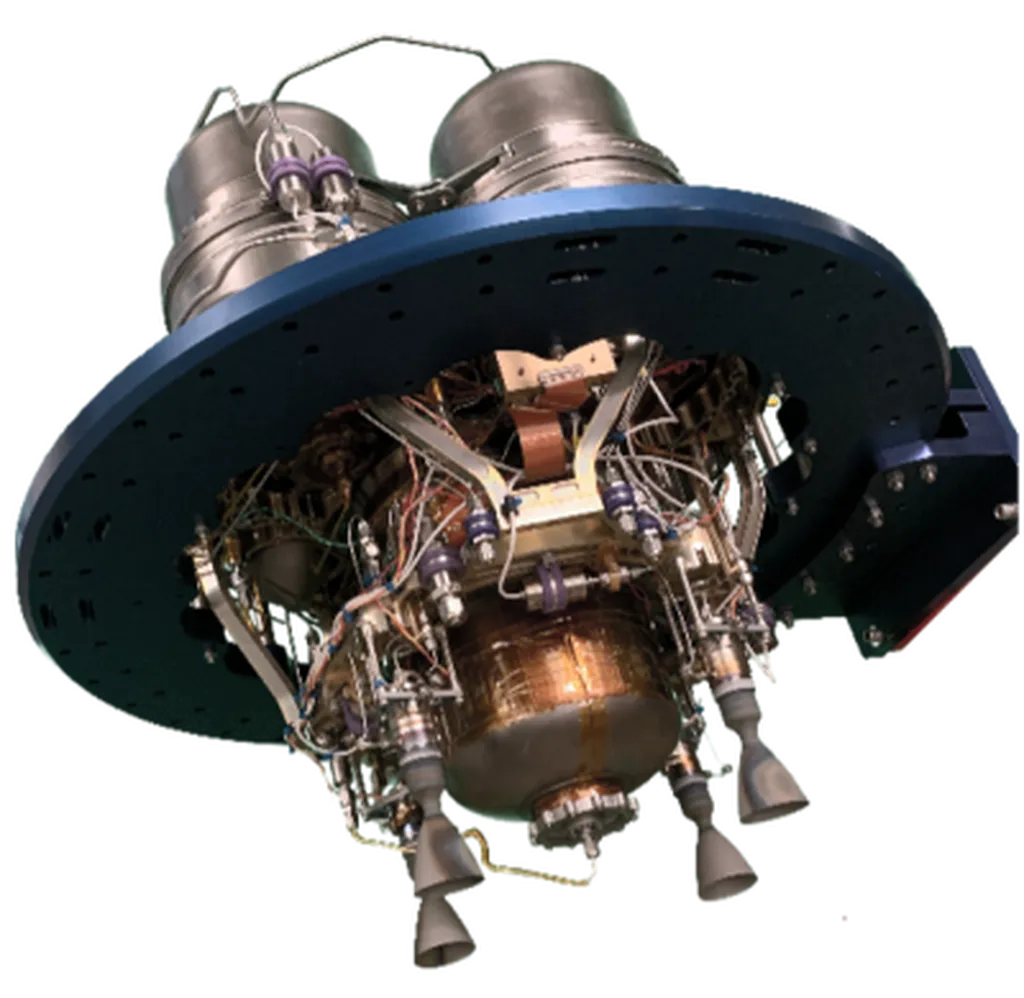In the rapidly evolving landscape of smart buildings, a new survey published in the *Northern Technical University Journal of Engineering and Technology* (NTU Journal of Engineering and Technology) is shedding light on the critical role of communication and network technologies in the Internet of Things (IoT). Led by Salar Jamal Rashid from the Northern Technical University, the research delves into the complexities and opportunities presented by IoT-enabled smart buildings, offering valuable insights for the energy sector and beyond.
Smart buildings are no longer a futuristic concept; they are a reality that is transforming the way we live and work. These buildings are equipped with a myriad of sensors and devices that collect and exchange data to optimize various operating conditions, from lighting and ventilation to temperature and security. However, the diversity of communication technologies and the inflexible architecture of buildings pose significant challenges.
“The main problems in smart buildings are the heterogeneity of applications and IoT devices, efficient energy management, security, and appropriate automation systems,” explains Rashid. His survey categorizes the research into five key areas: energy, localization, comfort, automation, and security. By examining the most used communication technologies, connectivity standards, transmission protocols, network topologies, and network areas, the research provides a comprehensive overview of the current state of IoT in smart buildings.
One of the most compelling aspects of this research is its potential impact on the energy sector. Smart buildings equipped with IoT technologies can significantly reduce energy consumption by optimizing the use of resources. For instance, sensors can detect when a room is unoccupied and adjust lighting and temperature accordingly. This not only reduces energy costs but also contributes to sustainability goals.
“The integration of IoT in smart buildings is a game-changer for the energy sector,” says Rashid. “It allows for more efficient energy management, which is crucial for reducing costs and environmental impact.”
The survey also highlights the importance of choosing the right communication technologies and protocols. For example, Power Line Communication (PLC) and Power over Ethernet (PoE) are widely used for their reliability and ease of installation. Meanwhile, Bluetooth Low Energy (BLE) and Ultra-Wideband (UWB) are gaining popularity for their low power consumption and high data rates.
As the demand for smart buildings continues to grow, the findings of this survey will be instrumental in shaping future developments. By understanding the current challenges and opportunities, stakeholders can make informed decisions that drive innovation and efficiency.
In conclusion, Rashid’s research offers a valuable roadmap for navigating the complexities of IoT in smart buildings. As the energy sector and other industries continue to embrace this technology, the insights provided by this survey will be crucial in achieving sustainable and cost-effective solutions. For those interested in the technical details, the full survey is available in the *NTU Journal of Engineering and Technology*.

